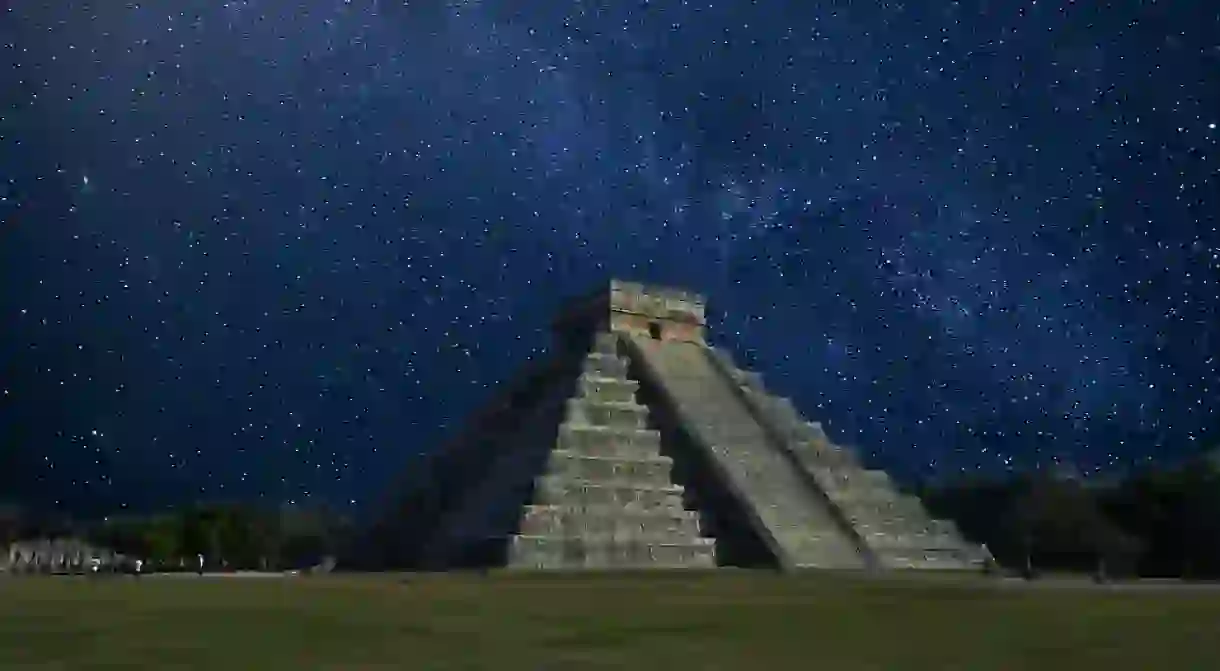This App Lets You Explore the World's At-Risk Heritage Sites Before They're Gone

Google Arts & Culture has teamed up with the non-profit CyArk to create the Open Heritage project, a collaboration dedicated to digitally capturing, archiving and sharing interactive 3D renderings of at-risk heritage sites from all over the world.
In 2001, Iraqi-American entrepreneur Ben Kacyra watched the news with horror as the Taliban destroyed the Buddhas of Bamiyan valley, ancient Mesopotamian statues carved into the cliffs in the Hazarajat region of central Afghanistan.
Despite their status as a UNESCO World Heritage Site, no detailed archive of the 1,500-year-old Buddhas had been created before they were lost forever.

Determined to prevent other at-risk world heritage sites from disappearing without record, Kacyra and his wife Barbara, who were then working as tech entrepreneurs, set out to apply the 3D capture technology developed by their California-based start-up to archive historic monuments around the world.
The resulting project, CyArk, short for Cyber Archive, was officially formed in 2003.
Using laser scanners, high resolution cameras and drones to capture the geometry, colour and texture of structures, CyArk has documented sites from Mexico’s Chichén Itzá to the Temples of Bagan in Myanmar.

Now, the non-profit has partnered with the Google Arts & Culture app to create the Open Heritage project, a new feature allowing users to explore 26 iconic locations – from Pompeii in Italy to Syria’s Al Azem palace.
In addition to offering users free 3D expeditions and guided histories of each site, the data from CyArk’s collection is all open-source, allowing academics, researchers and the public to download the archive for their own work.
Potential uses for the data, which provides free accurate maps of the historical sites, includes the creation of expanded immersive virtual tours and could add invaluable insight for future reconstruction efforts.

“Over the past seven years, we’ve partnered with 1,500 museums from over 70 countries to bring their collections online and put more of the world’s culture at your fingertips,” says Chance Coughenour, a digital archaeologist and program manager with the Google Arts and Culture division. “This project marks a new chapter for Google Arts & Culture, as it is the first time we’re putting 3D heritage sites on the platform.”
The Google Arts & Culture app is available for free on iOS and Android. Search ‘Open Heritage’ to explore the new features.













